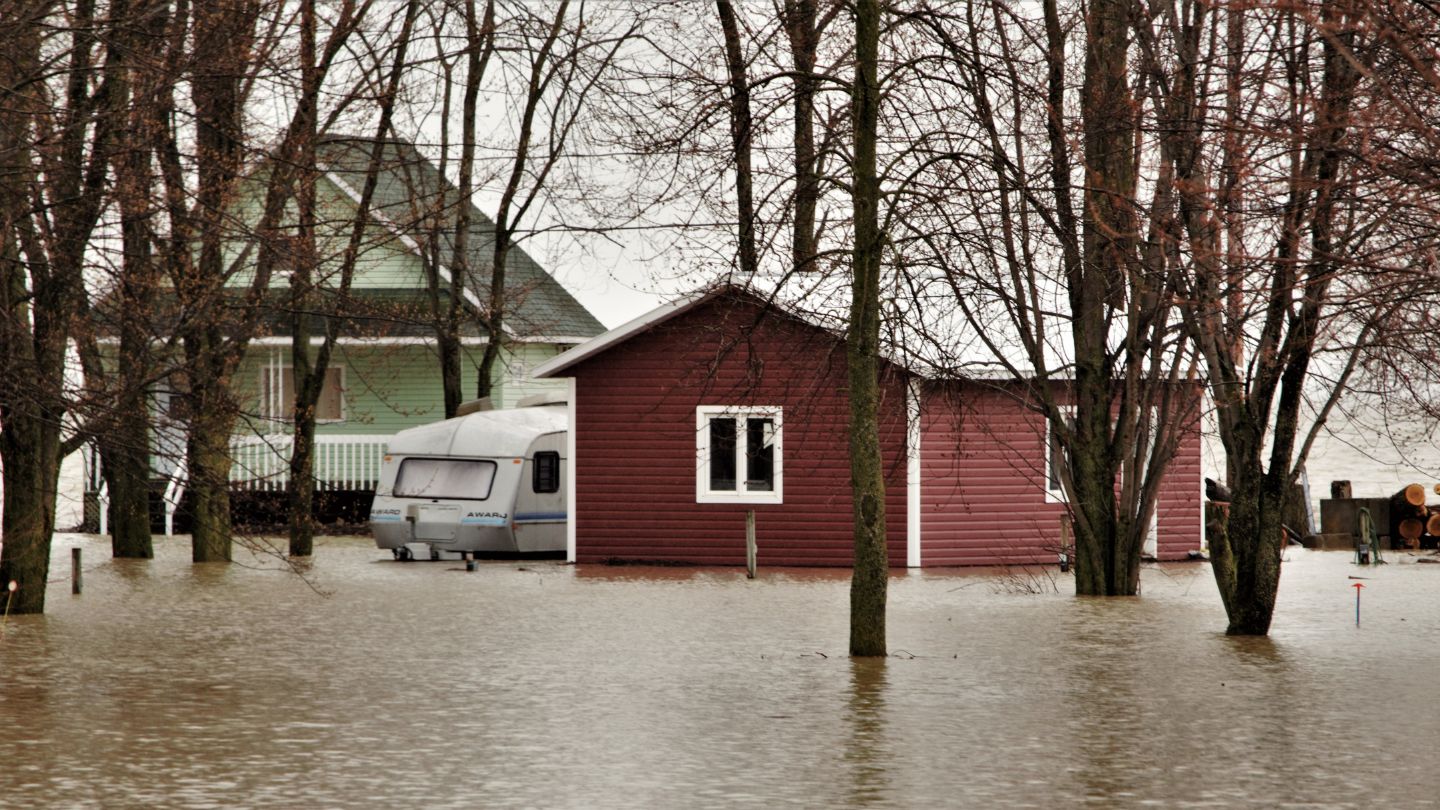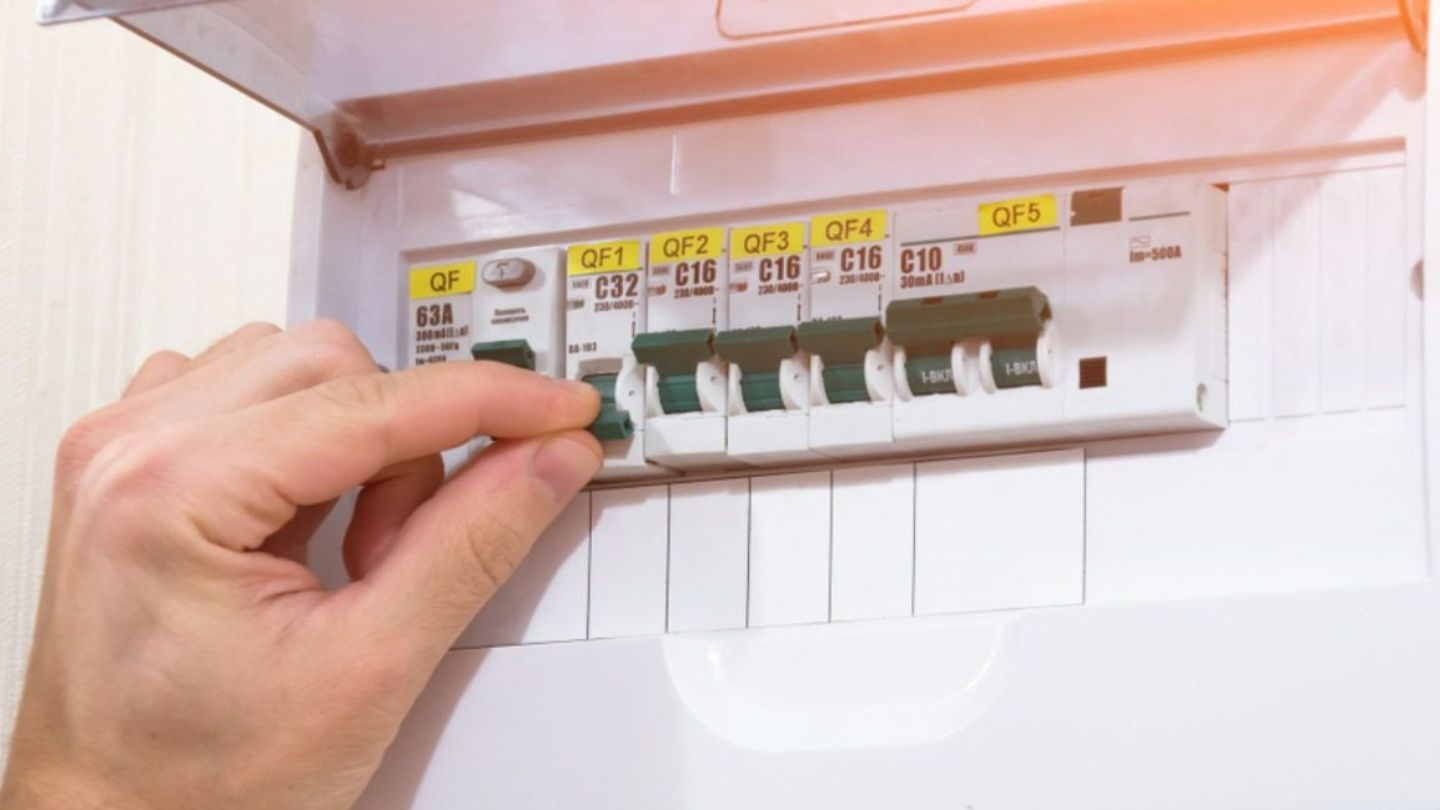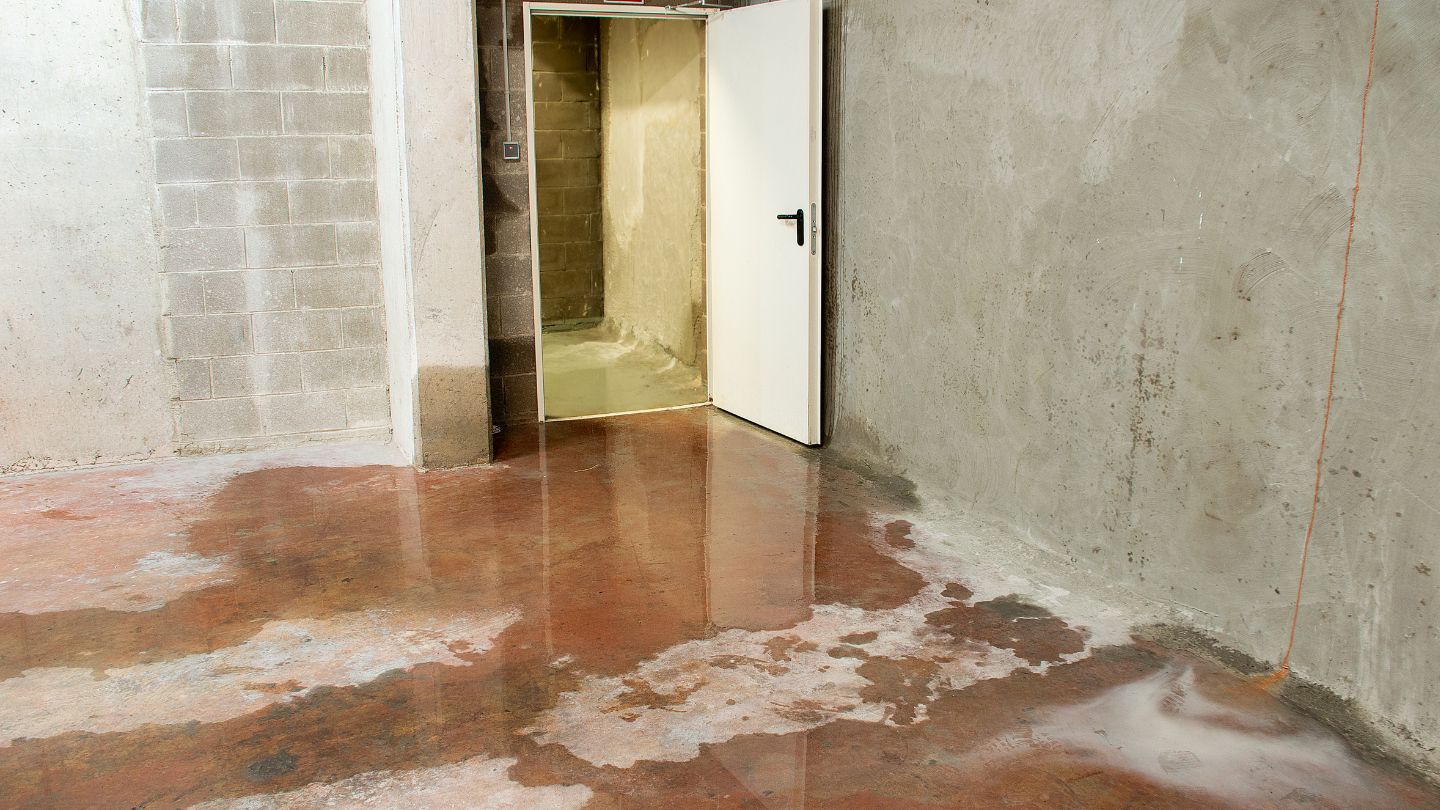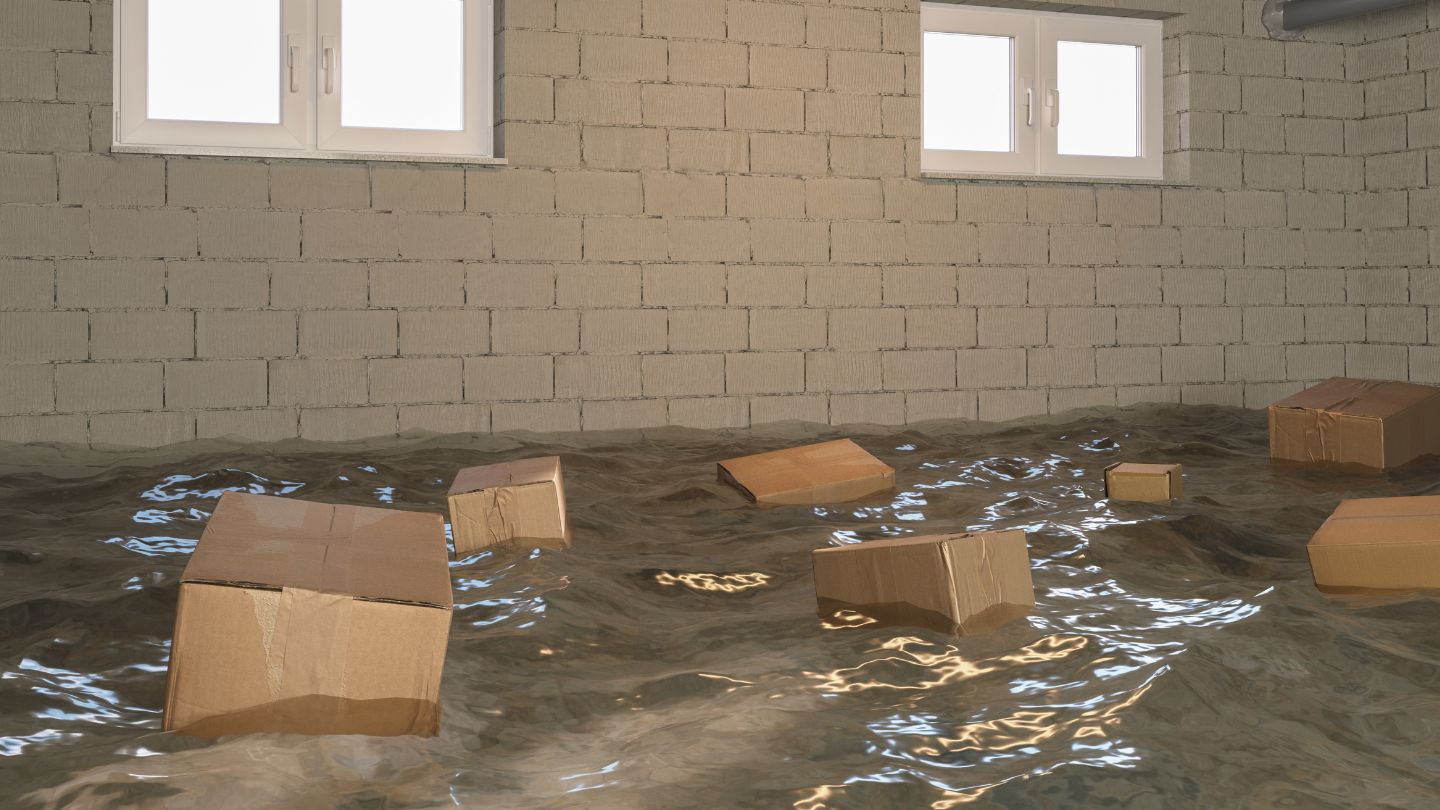Fayetteville’s unique climate brings its fair share of challenges, especially when it comes to flooding. With heavy rainfall and unpredictable weather patterns, the risk of flood damage can increase significantly, impacting homes and businesses alike. Understanding how the local climate contributes to flooding is the first step in protecting your property. In this blog, we’ll explore the connection between Fayetteville’s climate and flooding risks, and discuss when it’s time to call professional flood damage restoration services. Stay informed and prepared to keep your property safe.
Key Takeaways
- Fayetteville’s climate, influenced by climate change, increases flooding risks with 19% of buildings facing significant threats due to severe storms and heavy rainfall.
- Recognizing common causes of flooding, such as flash floods, storm surges, and localized issues, can help residents take proactive measures to protect their properties.
- Prompt action and professional water damage restoration services are crucial for minimizing damage and health hazards after a flood, emphasizing the need for awareness and quick response.
Fayetteville’s Climate and Flooding Risk
Intense precipitation events, typical of Fayetteville’s weather patterns, are major contributors to the city’s flooding issues. These rainfall incidents are expected to escalate in frequency and severity due to climate change, placing significant portions of the city at risk. Currently, around 19% of buildings in Fayetteville face a high flood hazard, which is a reflection of their susceptibility, particularly within urban zones where water has a tendency to accumulate rapidly.
The threat is compounded by severe storms and hurricanes that bring extended periods of heavy rain and saturate soils, culminating in serious floods. When tropical storms linger over an area, they can dump catastrophic amounts of rainwater. Consequently, Fayetteville’s setting predisposes it to substantial flooding disasters that may strike abruptly and inflict widespread harm.
Fayetteville faces increased threats from both inland and coastal flooding as climate shifts continue—the result being elevated sea levels coupled with intensified occurrences of extreme rainfall events—contributing towards an ever-present danger for the region. Within a span of three decades, there is roughly a 41% likelihood that floods could hit approximately 1.7 feet depth within the city limits. This illustrates why it is critical for inhabitants not only to be vigilant but also to actively engage in safeguarding their homes against potential damage caused by these natural catastrophes.
Common Causes of Flooding in Fayetteville
Flooding in Fayetteville is attributed to multiple causes. Sudden, severe storms can lead to flash floods which quickly overload urban drainage networks and result in substantial harm. The city’s infrastructure frequently struggles under the intense rainfall brought by hurricanes, often leading to widespread water damage.
During extreme weather events, storm surges contribute to complications with their capacity for instigating coastal floods that affect both homes and businesses. These areas are especially at risk when elevated tides merge with waves propelled by the storm force, inflicting notable destruction inland.
In contrast to natural catastrophes, but still of considerable concern is the localized flooding caused by burst pipes within residential zones—such incidents necessitate immediate action due to their potential for significant water damage. Acknowledging these prevalent sources of floods enables locals to safeguard their premises proactively and effectively reduce subsequent hazards.
Impact of Severe Weather on Flooding

The incidence of flooding in Fayetteville is greatly influenced by severe weather, which has escalated due to climate shifts resulting in higher ocean levels and more intense storms. Consequently, there’s an elevated threat of inundation from infrequent but significant floods triggered by major events such as hurricanes, impacting a greater number of properties than previously experienced. This situation underscores the need for heightened awareness and preventive actions.
In Fayetteville, the confluence of extreme weather phenomena like hurricanes along with heavy downpours and vigorous winds amplifies the probability of floods that can lead to widespread water damage and soil erosion, presenting serious risks to both residential and commercial property integrity.
By acknowledging how harsh weather intensifies flood occurrences, residents in Fayetteville are better positioned to safeguard their homes and business establishments through adequate preparation measures.
Signs of Water Damage to Look Out For
Property owners in Fayetteville should be vigilant for indications of water damage. Initial signs include visible marks of moisture on walls and ceilings, along with a distinct mildew scent. Additional symptoms can consist of paint that’s peeling off, minute fissures, and changes in ceiling color.
Flooring affected by water shows clear evidence as well. Hardwood floors may exhibit buckling or warping along with changes in coloration. If drywall feels soft to the touch or sinks inward upon pressure, it could suggest concealed water damage within wall structures that necessitates swift investigation and remedial measures to halt Harm.
The emergence of mold growth is a pivotal sign of water-related issues — typically found proliferating in corners and damp spaces. The presence of mold inflicts damage on one’s property while also posing serious health dangers. Immediate action is critical. By being alert to these warning signals, individuals can safeguard their properties against severe instances of water damage along with its consequent risks to health.
Immediate Steps to Take After Flood Damage

It is imperative to tackle flood damage promptly in order to substantially reduce its effects. Ensure safety first by shutting off electricity and wearing appropriate protective equipment before accessing areas impacted by flooding. When it’s secure, initiate repairs for water damage within 24-48 hours after the event. Utilize dehumidifiers and air conditioners to speed up the drying process, which can aid in averting Damage as well as mold growth.
Rapid response is essential not only to avert more severe destruction but also due to health risks associated with mold that can emerge just one day following a flood.
To lessen harm and guarantee proficient restoration, 911 Floods Rd. Us highlights their prompt service delivery with an emergency response time of merely 45 minutes when dealing with water-related disasters.
The Importance of Professional Water Damage Restoration Services

Expert water damage restoration services adeptly tackle the aftermath of flood damage. Utilizing their specialized knowledge, they eradicate potential health and safety risks while restoring the affected property to its original state. Such professionals use sophisticated equipment, including potent pumps and dehumidifiers, to ensure thorough drying and avert mold growth.
Opting for professional services in this area can lead to substantial financial savings over time by avoiding expensive repairs associated with structural issues or mold problems that could arise post-damage. These specialists provide essential support during insurance claims processes by meticulously recording the extent of water damage, which is crucial for securing appropriate claim settlements from your insurance company.
Selecting certified experts guarantees adherence to established industry protocols along with access to contemporary techniques in water damage restoration—ensuring your property receives top-tier care aligned with current standards.
Proactive Measures to Prevent Flood Damage
Taking preventive actions can considerably lessen the threat of damage caused by floods. Ensuring that gutters and storm drains remain unblocked is critical to prevent water from accumulating near building foundations. By frequently removing obstructions from these areas, you ensure effective water flow and reduce the likelihood of flooding.
Raising important utilities such as electrical panels and HVAC systems above expected flood heights can avert substantial harm. Employing sandbags and barriers designed for floods during periods of intense rainfall can successfully divert water away from buildings. Community initiatives like rejuvenating natural habitats and fostering green spaces greatly contribute to diminishing the risks associated with flooding.
Employing materials in construction that resist flood damage for aspects like flooring and insulation, while also complying with established standards for resistance to flooding, ensures reduced destruction in regions prone to such events when structures are correctly insulated. These preventative measures are vital in safeguarding properties against potential damage from future storms or floods.
Conclusion
Understanding Fayetteville’s unique climate and its impact on flooding is essential for safeguarding your home or business. From identifying common causes of flooding to recognizing signs of water damage, taking proactive measures can significantly minimize risks. Severe weather patterns, combined with inadequate drainage infrastructure, heighten the need for vigilance in preventing potential damage. By staying informed and prepared, you can protect your property and ensure a safe environment for those who matter most.
When flooding occurs, timely action is critical, and that’s where 911 Floods R Us comes in. With expertise in flood damage restoration in Fayetteville, we are here to help you recover quickly and efficiently. From water removal to repairing damage, our professional team is equipped with advanced tools and techniques to restore your property to its original condition. Don’t wait for damage to escalate—trust us to provide reliable and thorough restoration services when you need them most.
Frequently Asked Questions
1. What are the common causes of flooding in Fayetteville?
Flooding in Fayetteville is caused by factors such as heavy rainfall, flash floods, and storm surges. Intense storms can overwhelm drainage systems, while hurricanes and severe weather events often result in prolonged downpours that saturate the soil. Localized issues like burst pipes in residential areas can also contribute to flooding.
2. What are the early signs of water damage to watch for?
Early signs of water damage include visible moisture stains on walls and ceilings, peeling paint, warping floors, and a musty mildew smell. Mold growth, discoloration, or soft, spongy drywall are also indicators of underlying water issues that require immediate attention.
3. What should I do immediately after experiencing flood damage?
After a flood, ensure your safety by turning off electrical systems and wearing protective gear before entering the affected area. Begin drying the space within 24-48 hours using dehumidifiers and air conditioners to prevent mold growth. Promptly clean and repair damaged areas to minimize further destruction.
4. Why are professional water damage restoration services important?
Professional restoration services efficiently handle flood damage by using specialized equipment to remove water and thoroughly dry affected areas, preventing mold growth and structural issues. Experts also help document damage for insurance claims and ensure properties are restored safely and effectively, saving time and long-term repair costs.

